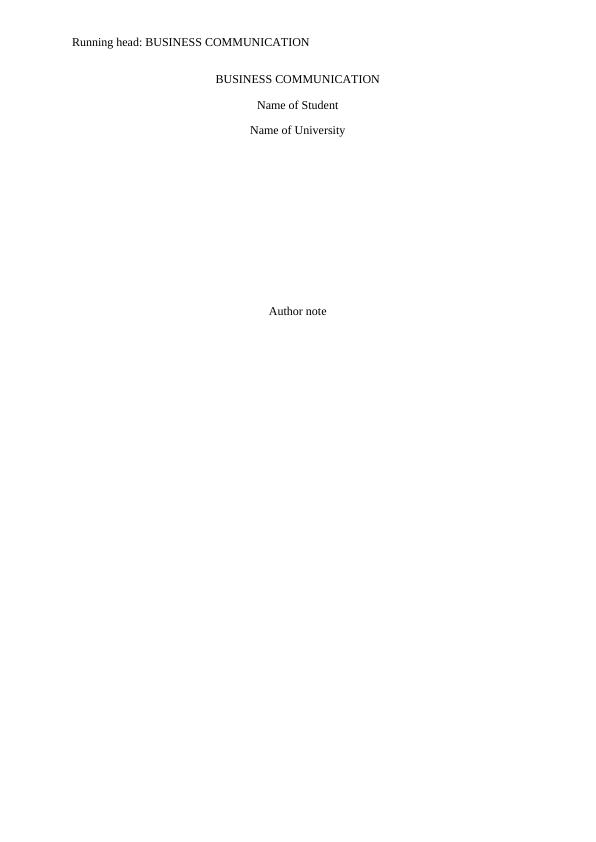Business Communication: Hofstede Model for Intercultural Analysis
4 Pages698 Words326 Views
Added on 2023-06-03
About This Document
The Hofstede Model developed by Geert Hofstede is one of the globally accepted models for analysing and developing intercultural business communication effectively. The article discusses the cultural differences and similarities between USA and Mexico, and China and USA, and how to develop communicative strategies accordingly to gain success in the respective countries.
Business Communication: Hofstede Model for Intercultural Analysis
Added on 2023-06-03
ShareRelated Documents
End of preview
Want to access all the pages? Upload your documents or become a member.
Managing Across Borders Assignment
|10
|1560
|71
Report on International Management
|9
|1774
|33
Hofstede’s Cultural Dimensions Assignment
|6
|1348
|485
Hofstede's Cultural Dimensions- Doc
|9
|2467
|109
Expansion of Business in Mexico Report 2022
|10
|2337
|35
Modernization and Globalization PDF
|7
|1531
|18


